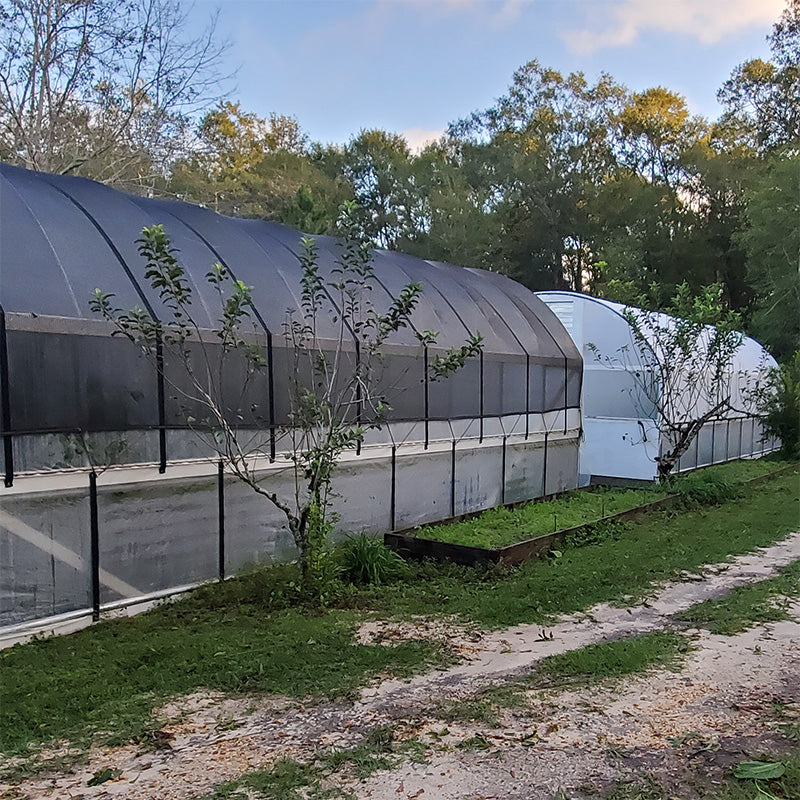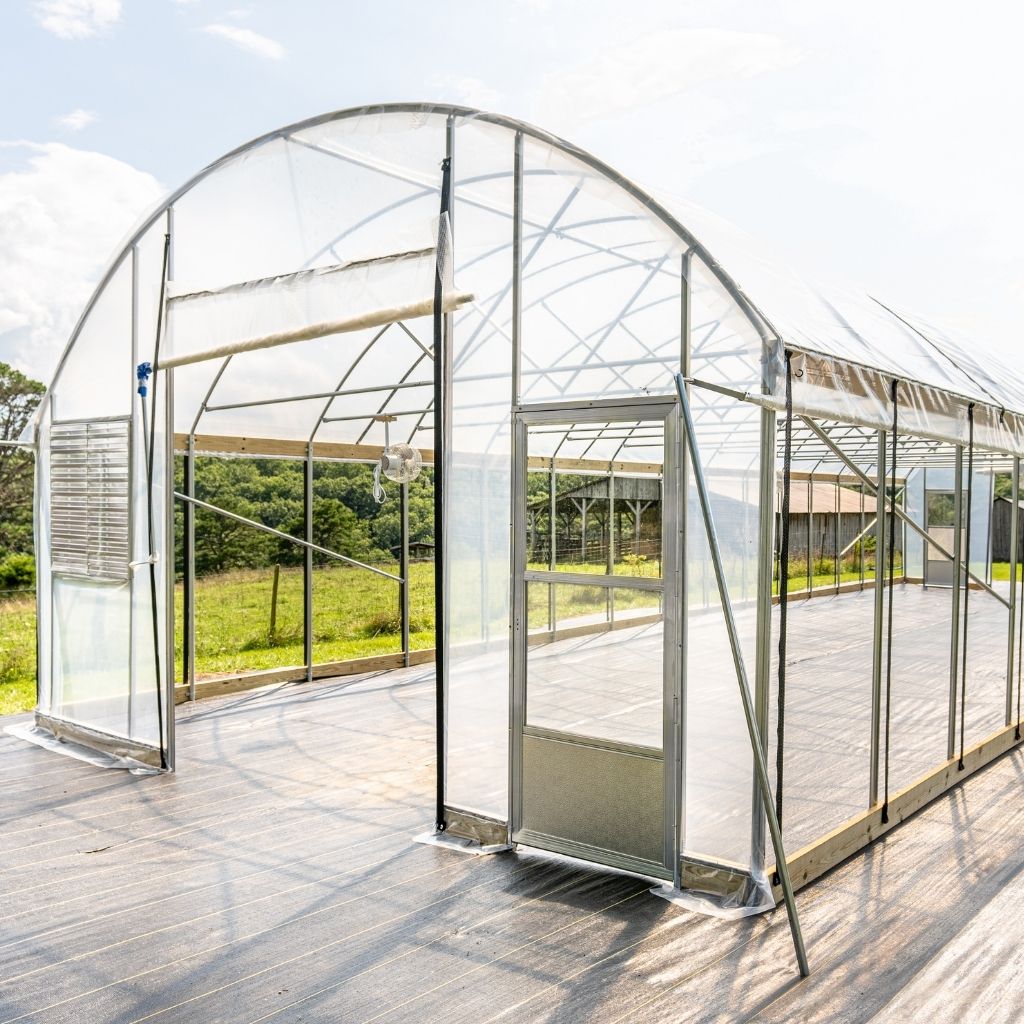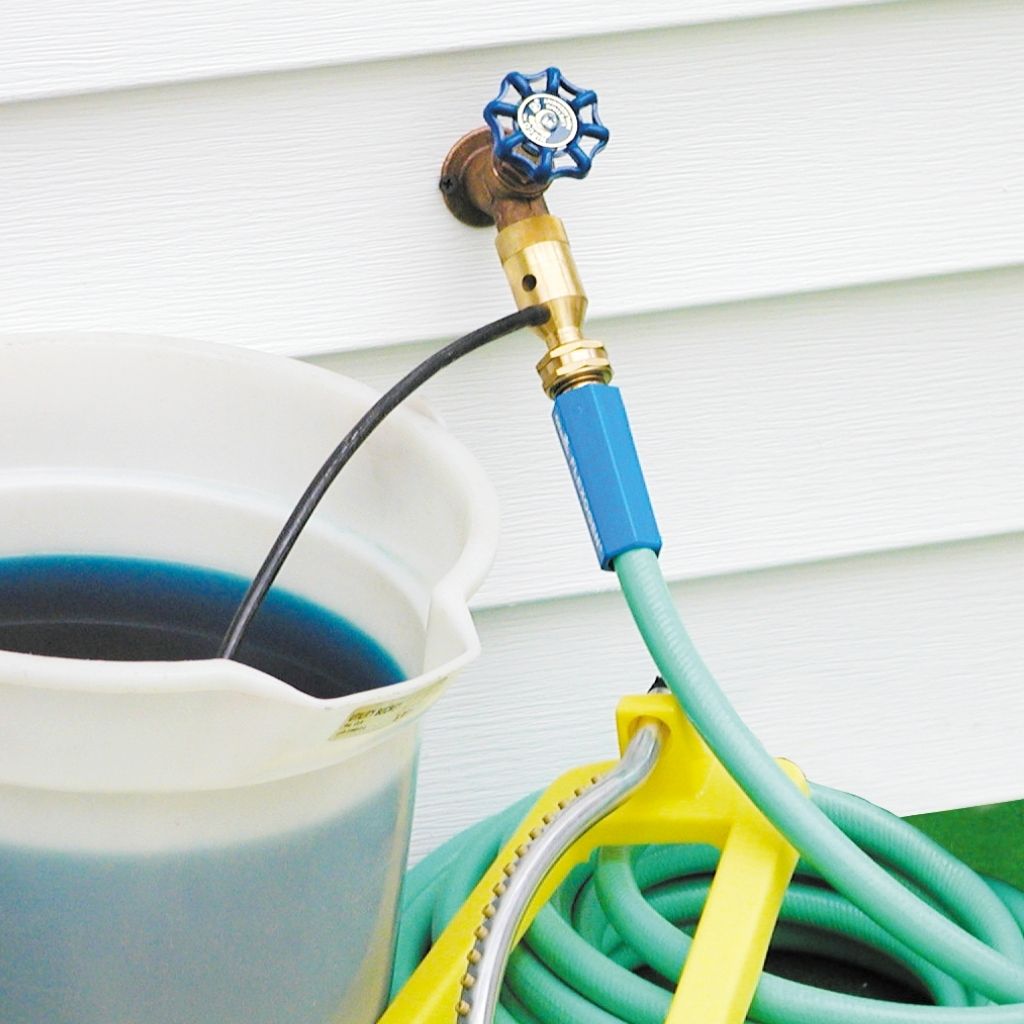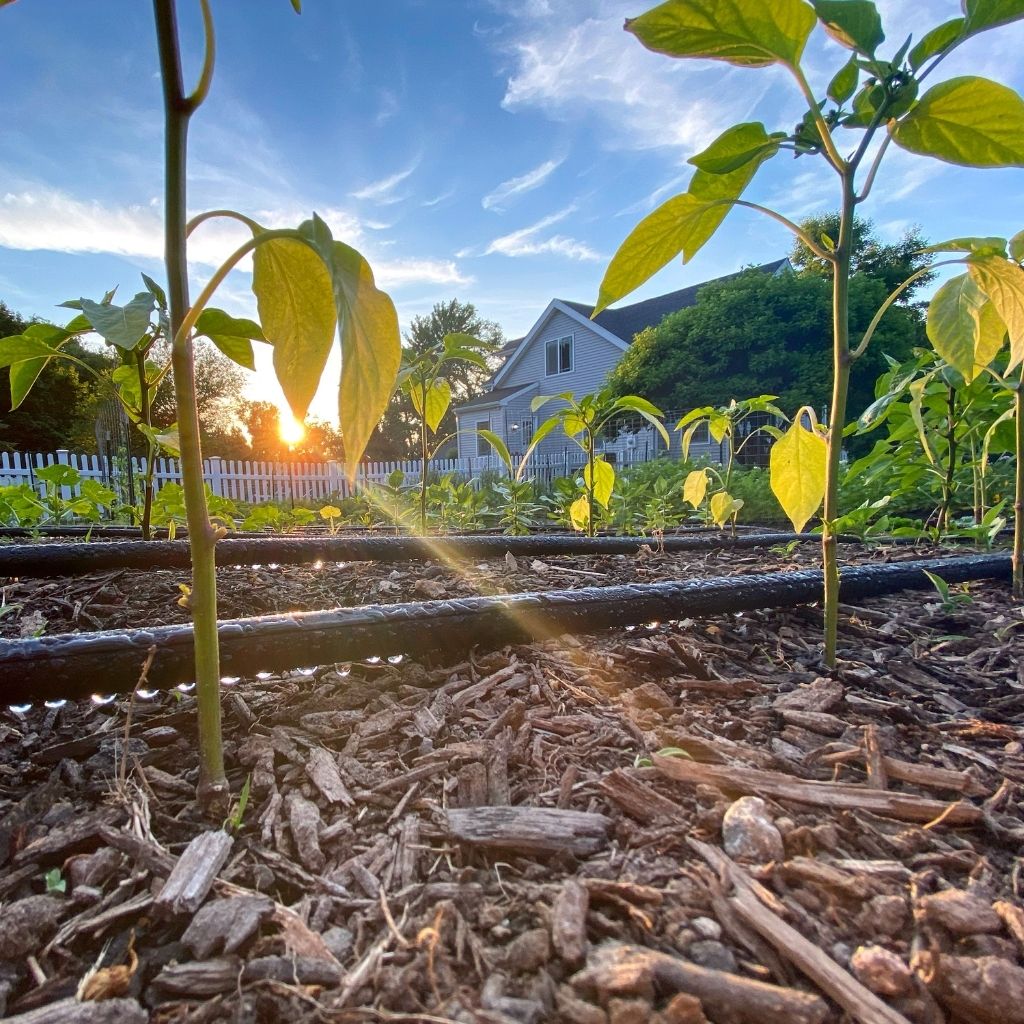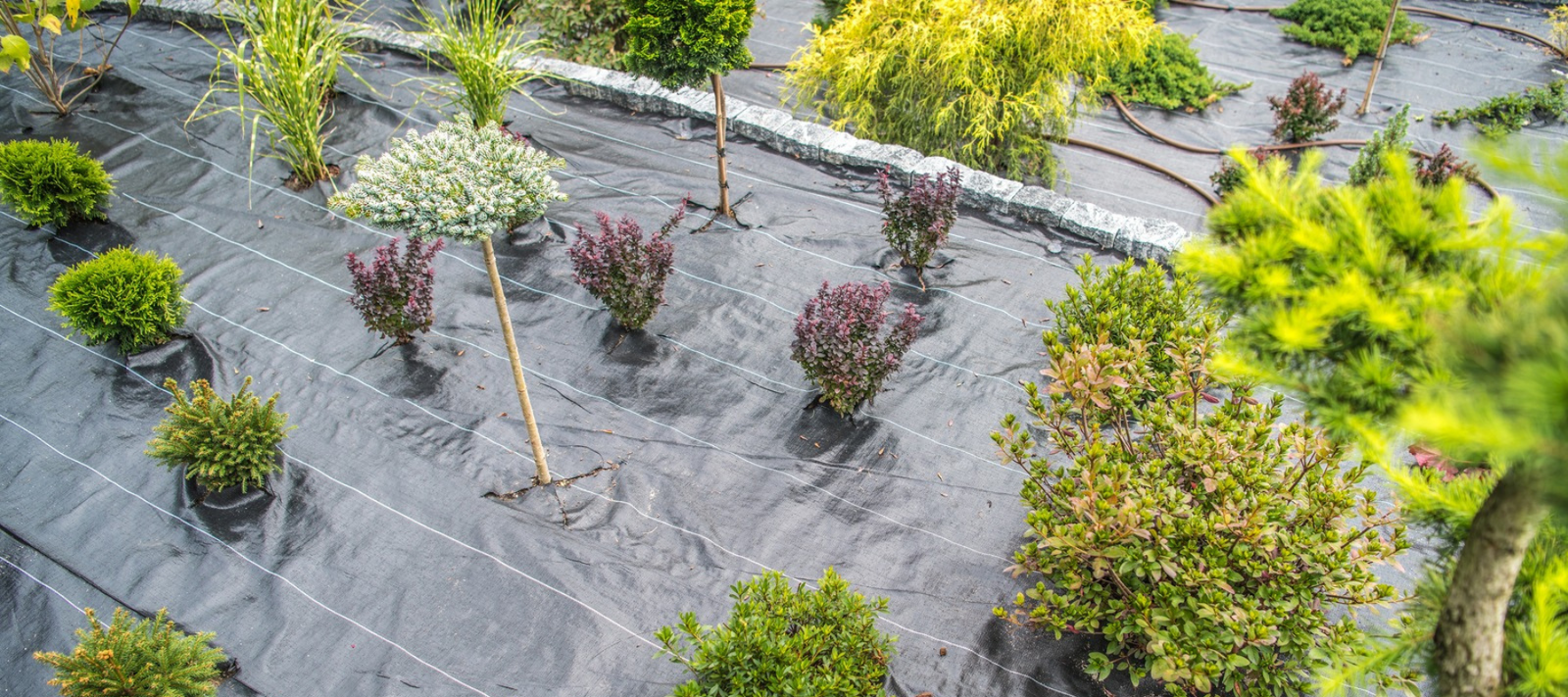Unlocking the Power of Condensation: The Hidden Benefits in Your Greenhouse
Greenhouses have long been hailed as sanctuaries for plant growth, providing a controlled environment that extends growing seasons and enhances yield. Among the many factors influencing greenhouse efficiency, condensation often takes a back seat in discussions. However, condensation plays a crucial role in optimizing greenhouse conditions and fostering healthier plant growth. Let's explore the remarkable benefits of condensation in a greenhouse.

1. Moisture Regulation: Condensation helps maintain optimal humidity levels within the greenhouse. As temperatures fluctuate, moisture in the air condenses on surfaces such as walls and ceiling. This process prevents excessive dryness, ensuring that plants receive adequate moisture even in arid climates. Proper moisture regulation is vital for plant health, as it reduces stress, minimizes transpiration, and promotes vigorous growth.
2. Thermal Regulation: Condensation acts as a natural insulator, regulating temperature fluctuations inside the greenhouse. During the day, sunlight warms the air and surfaces, causing water vapor to evaporate. As temperatures drop at night, condensation forms, releasing heat energy and preventing rapid cooling. This thermal buffering effect stabilizes temperatures, creating a more favorable environment for delicate plants and sensitive crops.
3. Water Conservation: Condensation offers a sustainable solution for water conservation in greenhouse operations. Instead of relying solely on external water sources for irrigation, condensate collected from surfaces can be harvested and reused. Implementing a condensate recovery system reduces water waste, lowers operating costs, and promotes eco-friendly practices. By recycling water within the greenhouse, growers can minimize their environmental footprint and enhance resource efficiency.
4. Disease Prevention: Proper moisture management through condensation helps mitigate the risk of plant diseases in greenhouses. Excessive humidity levels can create a breeding ground for pathogens such as mold, mildew, and fungi. By controlling condensation, growers can maintain optimal moisture levels and reduce the likelihood of disease outbreaks. Additionally, condensation can physically wash away airborne contaminants, promoting a cleaner and healthier growing environment.
5. Enhanced Crop Quality: The benefits of condensation extend beyond environmental control to impact crop quality and yield. Consistent moisture levels provided by condensation support robust plant growth, resulting in higher yields and superior produce quality. With improved access to water and nutrients, plants can develop stronger root systems, increase photosynthetic efficiency, and produce more vibrant fruits and vegetables.
In conclusion, condensation is not merely a byproduct of greenhouse operations but a valuable asset that contributes to overall productivity and sustainability. By harnessing the benefits of condensation, growers can create optimal growing conditions, conserve resources, and cultivate healthier crops. As we continue to innovate in greenhouse technology, let's not overlook the power of condensation in nurturing thriving ecosystems and sustaining our agricultural future.
But... there's always drawbacks aren't there? Well here they are!
1. Increased Risk of Fungal and Bacterial Diseases: Excessive condensation can create an overly humid environment, which promotes the growth of fungal and bacterial pathogens. Mold, mildew, and other diseases thrive in moist conditions, posing a significant threat to plant health and productivity. Without proper ventilation and moisture management, greenhouse crops may become vulnerable to diseases that can devastate entire crops.
2. Reduced Air Circulation and Oxygen Levels: Excessive condensation can impede air circulation within the greenhouse, leading to stagnant air pockets and reduced oxygen levels. Poor ventilation restricts the exchange of gases essential for plant respiration, hindering growth and metabolic processes. Inadequate oxygen levels can weaken plant vigor, inhibit root development, and increase susceptibility to stress factors such as heat and disease.
3. Structural Damage and Corrosion: Persistent condensation can cause structural damage and corrosion to greenhouse components over time. Moisture buildup on metal surfaces, such as framework and support structures, accelerates corrosion, compromising structural integrity and longevity. Wooden structures are also susceptible to rot and decay in high-humidity environments, necessitating frequent maintenance and replacement.
4. Negative Impact on Pollination and Fruit Set: Excessive condensation can interfere with pollination processes and fruit set in greenhouse crops. High humidity levels may cause pollen grains to become damp and less viable, reducing pollination success rates. Inadequate pollination can result in poor fruit set, irregular crop development, and decreased overall yield, ultimately impacting profitability and marketability.
5. Pest Infestations and Pest Control Challenges: Damp conditions created by excessive condensation provide favorable habitats for pests such as aphids, thrips, and whiteflies. Prolonged moisture encourages pest infestations and exacerbates pest control challenges for greenhouse growers. Insect populations can rapidly multiply in humid environments, necessitating intensified pest management strategies and potential reliance on chemical interventions, which may have environmental implications.
6. Challenges with Monitoring and Control: Managing excessive condensation requires diligent monitoring and control measures, which can be time-consuming and labor-intensive for greenhouse operators. Maintaining optimal humidity levels amidst fluctuating environmental conditions necessitates sophisticated ventilation systems, dehumidifiers, or other moisture control methods. Failure to adequately address condensation issues can result in crop losses, reduced profitability, and increased operational complexity.
In summary, while condensation plays a beneficial role in greenhouse environments, its excessive accumulation can present several challenges and drawbacks. Balancing humidity levels, promoting adequate ventilation, and implementing proactive moisture management strategies are essential for mitigating the negative effects of too much condensation and ensuring optimal growing conditions for greenhouse crops.

The optimal humidity level in a greenhouse can vary depending on the specific needs of the plants being cultivated, as well as environmental factors such as temperature, airflow, and stage of growth. However, a general guideline for greenhouse humidity is to maintain levels between 50% and 70%.
Here's a breakdown of optimal humidity levels for different stages of plant growth:
1. Germination and Seedling Stage: During germination and the seedling stage, higher humidity levels are often beneficial to promote seed germination and support initial growth. Aim for humidity levels between 70% and 80% to create a moist environment conducive to seedling establishment.
2. Vegetative Growth Stage: As plants enter the vegetative growth stage, slightly lower humidity levels are preferred to prevent excessive moisture buildup and reduce the risk of fungal diseases. Aim to maintain humidity levels between 60% and 70% during this stage to support healthy foliage development and minimize stress on young plants.
3. Flowering and Fruit Development Stage: During flowering and fruit development, maintaining moderate humidity levels is important to ensure proper pollination, fruit set, and ripening. Aim for humidity levels between 50% and 60% to provide optimal conditions for pollination and minimize the risk of fungal diseases that can affect flowers and fruit.
4. Ripening and Harvesting Stage: As crops reach maturity and approach the ripening and harvesting stage, humidity levels can be gradually reduced to prevent moisture-related issues such as fruit rot and spoilage. Aim for humidity levels between 50% and 60% during this stage to facilitate proper ripening and storage of harvested produce.
It's essential to regularly monitor humidity levels within the greenhouse using hygrometers or similar instruments and adjust environmental controls such as ventilation, heating, and humidification as needed to maintain optimal conditions for plant growth and productivity. Additionally, maintaining proper airflow and ventilation throughout the greenhouse helps prevent stagnant air pockets and reduce the risk of humidity-related problems such as condensation and disease outbreaks.





